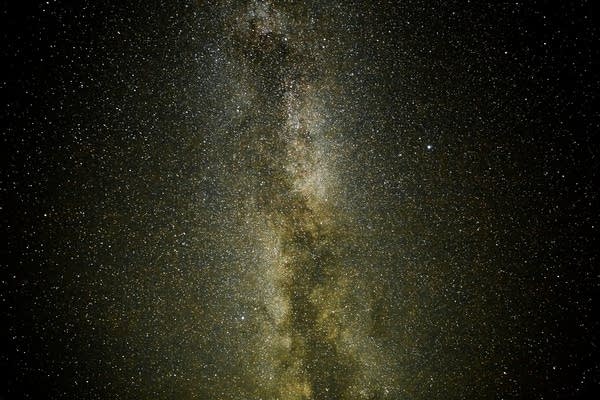Stargazing tips from a Dark Sky Festival organizer on the North Shore

The Milky Way galaxy is visible from just outside Voyageurs National Park in Crane Lake. Minnesota’s North Shore is home to one of only 15 certified International Dark Sky Sanctuaries in the world — and this weekend, it will host a festival celebrating the magic and importance of dark skies.
Evan Frost | MPR News 2018
Go Deeper.
Create an account or log in to save stories.
Like this?
Thanks for liking this story! We have added it to a list of your favorite stories.


